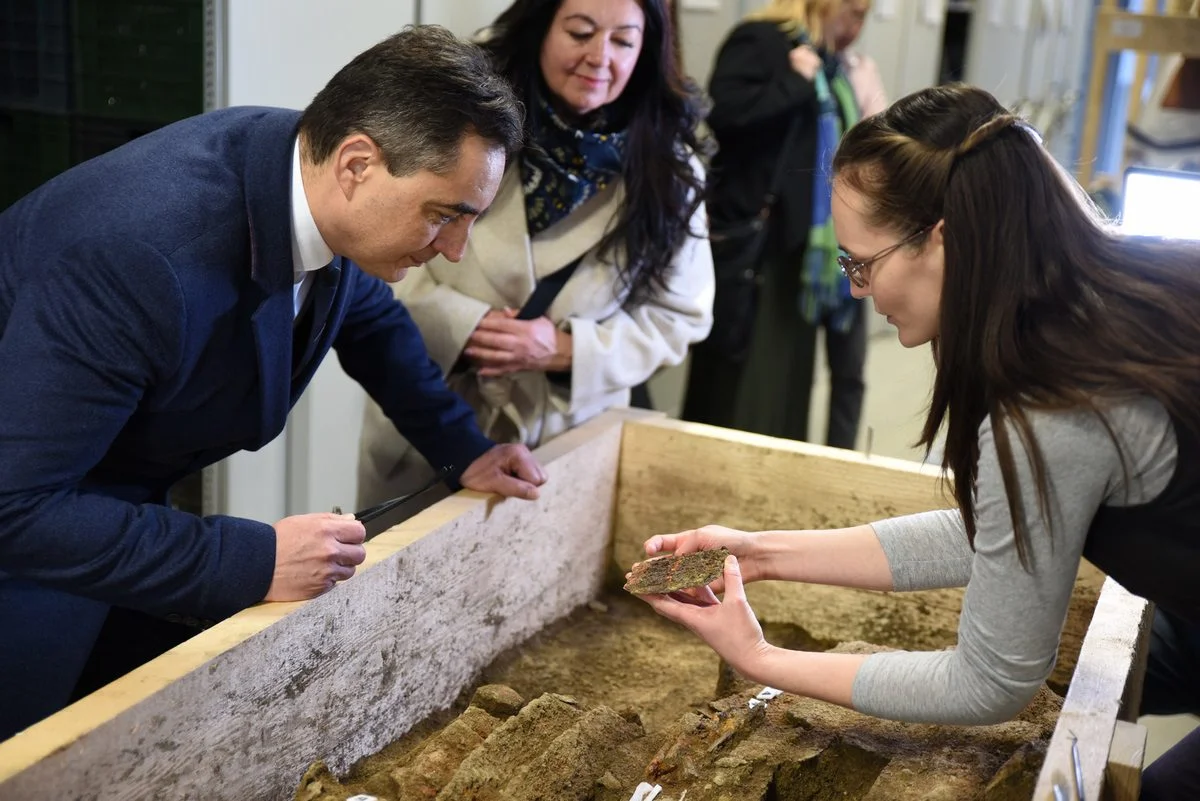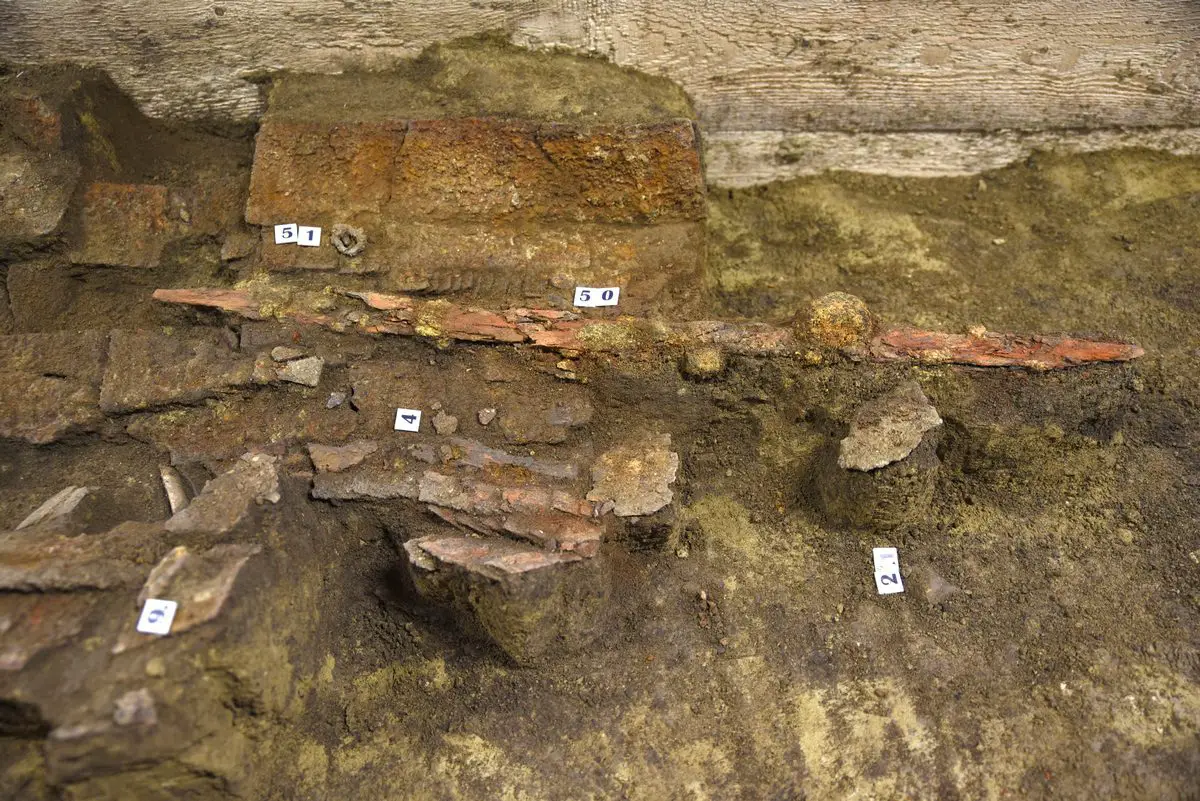Archaeologists from the Déri Museum have announced the discovery of an Avar warrior buried with a complete set of lamellar armour.
The discovery was made near the village of Ebes, located in Hajdú-Bihar county, Hungary.
According to the researchers, the burial dates from the early 7th century AD and contains the skeletal remains of a Pannonian Avar warrior.
The Pannonian Avars were an alliance of several groups of Eurasian nomads that established the Avar Khaganate, spanning the Pannonian Basin and large areas of Central and Eastern Europe.
The Avars gained prominence primarily through their invasions and destructive campaigns in the Avar–Byzantine wars spanning from AD 568 to 626. Additionally, they played a significant role in influencing the Slavic migrations to Southeastern Europe.
Excavations also revealed a complete set of lamellar armour, a type of body armour made from small rectangular plates known as lamellae. The lamellae are punched and laced together to form horizontal overlapping rows or bands.

The armour was found as a funerary deposit placed above the deceased warrior, along with a wooden quiver and arrows, a bow, and a sword. The warrior’s remains and the assemblage of objects were removed as a singular block to conduct micro-excavations.
The importance of the lamellar armor was emphasised by Déri Museum, suggesting that the funerary offerings indicate that the warrior held a considerable high status. The finding also represents the second only complete example of armour discovered in the country.
The burial site also included the remains of a horse, a customary Avar tradition that frequently involved the sacrificial placement of horses as they were considered to possess supernatural powers.
Header Image Credit : Déri Museum





